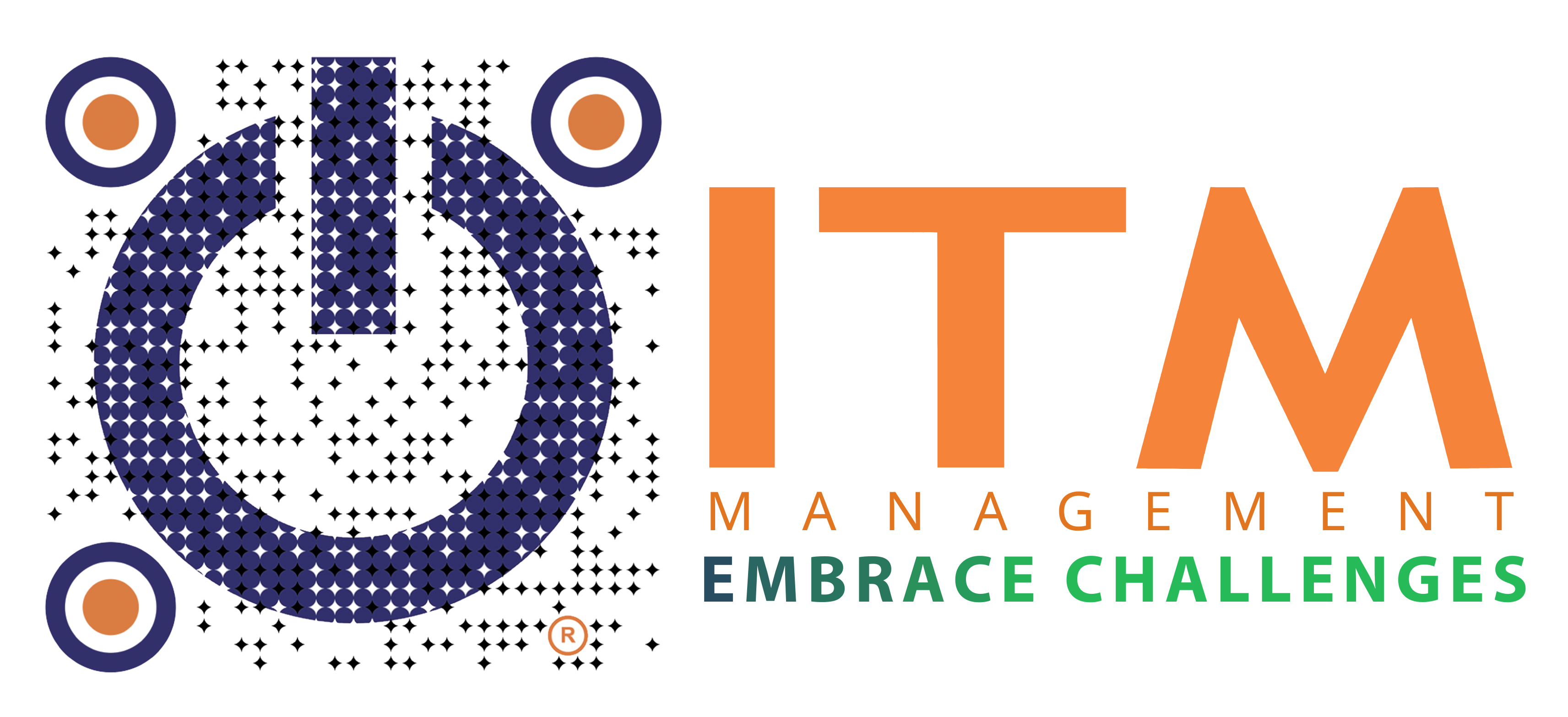Are you still relying solely on antivirus?
In the early 2000s, antivirus software was the gold standard for digital protection. It effectively blocked most known threats viruses, worms, and early forms of malware before they could do damage. At the time, that level of protection was sufficient.
Today, the landscape is entirely different. Our devices are more powerful, more connected, and deeply integrated into daily life from digital banking and online shopping to remote work and cloud collaboration. And cybercriminals have evolved in parallel, crafting sophisticated attacks designed to slip past traditional defenses.
Every device connected to your network whether it’s a laptop, smartphone, server, or IoT sensor is an endpoint, and each one is a potential entry point for attackers. As businesses adopt more devices and enable remote access from anywhere, the number of “doors” into your systems multiplies, along with the risk.
It only takes one wrong click on a phishing email, a malicious link, or an infected USB drive to unleash ransomware, spyware, or a silent breach. Traditional antivirus tools, which rely on identifying known threats, often miss these modern, fast-evolving attacks.
This is where Endpoint Detection & Response (EDR) steps in. By continuously monitoring every endpoint, identifying unusual behavior in real time, and containing threats before they spread, EDR adds the proactive, intelligence-driven layer of protection that modern organizations need to keep both corporate and personal data safe.
1. Why EDR Matters More Than Ever
In a world where work and personal life blend across devices and locations are prime targets for cybercriminals. The consequences of a breach extend far beyond IT:
-
- For Businesses: A single compromised endpoint can expose client databases, intellectual property, and financial records, triggering regulatory penalties, legal disputes, and severe reputational damage.
- For Individuals: One careless click on a phishing email could jeopardize personal files, cloud accounts, and even your identity. In a corporate context, this risk extends to business continuity and with the average data breach costing $4.44 million per breach in 2025 (IBM).
The 2025 Verizon Data Breach Investigations Report reveals that more than 62% of breaches involve stolen credentials or phishing threats that traditional antivirus frequently fails to detect in time.
Endpoint Detection & Response (EDR) is designed to meet these challenges head-on by:
-
- Detecting zero-day exploits and stealth attacks before they inflict damage.
- Protecting remote and hybrid workers wherever they connect.
- Providing security teams with full visibility into the entire attack chain.
- Automating threat containment and recovery to minimize downtime and financial impact.
2. EDR: Definition, Purpose, and How It Works
Endpoint Detection & Response is designed to protect every endpoint in your network including laptops, desktops, mobile devices, servers, and IoT ( Internet of Things) systems against both known and unknown threats.
How EDR Protects Against Everyday Threats
Unlike antivirus, which looks for known malicious code, EDR uses:
-
- Behavior-based detection – Spotting unusual actions, such as a spreadsheet suddenly trying to connect to a remote server. It identifies suspicious patterns and behaviors that traditional antivirus might miss. This includes zero-day attacks, fileless malware, and insider threats.
- Continuous monitoring – Tracking endpoint activity 24/7, EDR tools constantly monitor endpoint activity, including file changes, process behavior, network connections, and user actions to spot threats at the earliest stage.
- Incident Response: When a threat is detected, EDR enables rapid response actions such as:
- Isolating the affected device from the network
- Terminating malicious processes
- Collecting forensic data for investigation
- Investigation & Forensics: EDR provides detailed logs and timelines of events, helping analysts understand how the attack occurred, what systems were affected, and how to prevent recurrence.
- Remediation: After containment, EDR helps restore systems to a safe state, remove malicious files, and patch vulnerabilities.
- Reporting & Insights: EDR generates actionable reports that summarize incidents, highlight vulnerabilities, and recommend improvements to the organization’s security posture.
This means if a phishing link leads to a malicious script, EDR doesn’t just wait to “see” a known virus signature it recognizes the unusual behavior instantly and shuts it down before files are stolen or encrypted.
3. Antivirus: Strengths and Weaknesses in Today’s Threat Landscape
Antivirus remains the baseline defense for detecting and removing known malware like trojans, worms, and traditional ransomware. It’s effective at blocking threats that match patterns in its malware database, and it often includes firewalls, email scanning, and basic web protection.
Strengths:
-
- Reliable against established threats.
- Easy to deploy and automate.
- Good first layer of protection.
Limitations:
-
- Reactive only: Acts after a threat is detected.
- Blind to zero-day threats: Struggles against brand-new attacks without signatures.
- No visibility into attack chain: Cannot trace how a breach happened or what was affected.
With phishing emails, fileless malware, or insider threats, antivirus can miss the early warning signs allowing attackers more time to move and cause damage.
4. How EDR Catches What Antivirus Misses

Cybersecurity Isn’t Just Protection – It’s Business Continuity
One phishing email, one ransomware file, or one zero-day exploit can halt operations, drain revenue, and erode customer trust. Prevention and rapid response are critical.
That’s why ITM’s EDR solution goes beyond antivirus delivering:
-
- Real-time monitoring
- AI-driven detection
- Full visibility across all endpoints
At ITM, we combine expertise, scalability, and innovation to help you stay ahead of cyber threats. Together, we’ll build a layered security strategy to protect your data and keep your business running.
Contact ITM today for a tailored EDR plan and see how we can strengthen your cyber resilience.
ITM – Your trusted partner for next-generation endpoint security.








